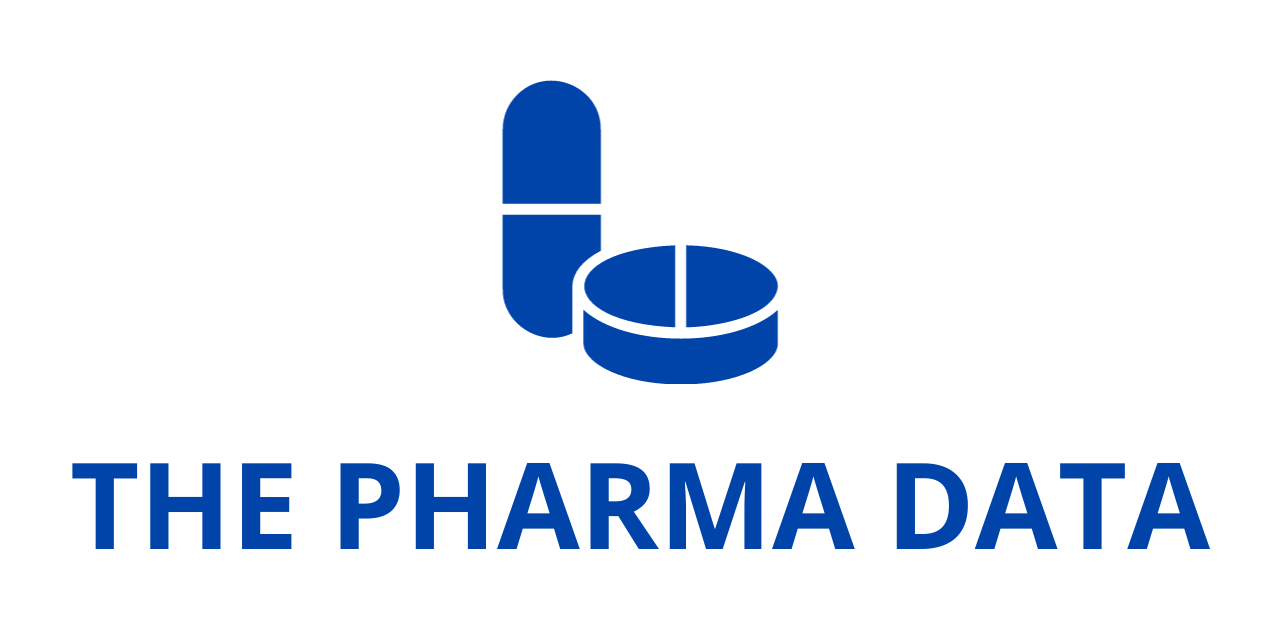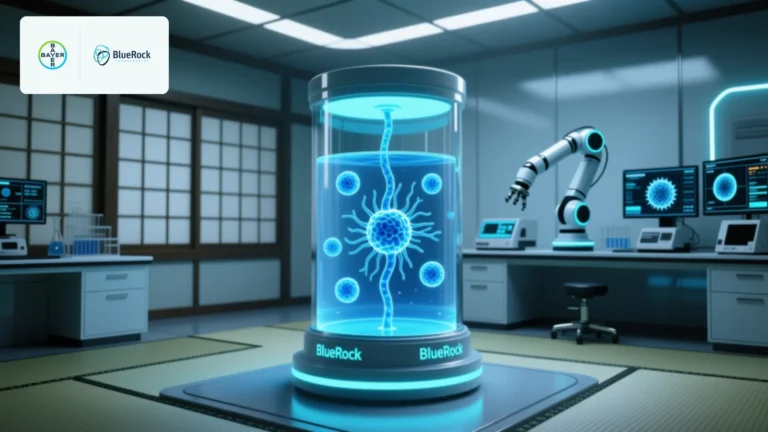
Talent Acquisition Leaders Reframe Recruiting, Focus On Internal Mobility
Talent acquisition leaders at leading pharma and biotech organizations are leveraging technologies, including automation, to develop internal talent marketplaces and systems that support upskilling and reskilling their workforce. BioSpace spoke to leaders at Pfizer and Bayer about their evolving approach to resourcing
Pipeline shuffles and a need for business agility have prompted restructurings and layoffs at many pharmas and biotechs. As a result, these companies are faced with a significant challenge: ensuring their workforce can achieve business objectives while also feeling supported. To that end, talent acquisition leaders are looking within and reframing their approach to recruitment, including shifting collaboration and leveraging new technologies.
To meet these challenges, talent acquisition leaders are looking within and reframing their approach to recruitment, including shifting collaboration and leveraging new technologies.
The driver for this change is supporting the growth and development of colleagues, said Rowena Vinci, global talent acquisition leader at Pfizer.
“Before, recruitment was just focused on external hiring, external sourcing, and then we wait for internal supply,” she told BioSpace. “But now, we have shifted to being more proactive partners—to, say, the HR business partners in the talent management space. We want to be able to retain the talent instead of heavy external hiring.”
It’s a more integrated and proactive approach to retain talent than just having the employee search and apply for internal positions, Vinci noted. Partnering closely with HR and hiring managers is a key part of making it work.
Katie Gentry, talent acquisition leader for pharma and enabling functions at Bayer, has been part of a similar transformation of the pharma’s recruiting team. Bayer has implemented a new operating model’described as dynamic shared ownership (DSO).
“It’s a model focused on collaboration and the prioritization of resources towards the highest value work; the employees closest to the work have the decision-making power,” Gentry explained. “So, it really allows our employees to make the decisions that they see that are going to help the patients the best, and our teams are really nimble and come together around different projects.”
Upskilling and Reskilling
Upskilling, or augmenting existing capabilities, is one way Pfizer supports talent transitioning to new roles within the organization. Another is reskilling or providing new sets of capabilities for employees to execute on. Both are professional development strategies to retain rather than replace talent. The benefit to employers? By not laying off staff or hiring new talent, companies not only reduce costs but also make employees feel supported and improve workforce morale.
Leveraging Technology
The technology landscape continues to evolve, creating opportunities, efficiencies and challenges. Recruitment and talent management are not immune to the influence of technology, including AI and automation, on their function. Now, talent acquisition leaders are leveraging new tools to more creatively match employees within their existing workforce to jobs.
“Based on their experience, based on their profile, we match them to the open roles that we have,” Vinci explained. “If we have a restructuring, we’re doing some layoffs, those people being affected, we also do automatic job matching for them, so that we will be able to retain talent.”
Gentry also discussed the shift toward becoming a skills-based workplace, using skill mapping and a talent marketplace Bayer built internally.
“[It] is going to enable us to move talent across fields, maybe to areas where they have never worked before, but they have a skill set that would be applicable to the projects that are going on. So, that’s something that we’re really excited about,” Gentry said.





